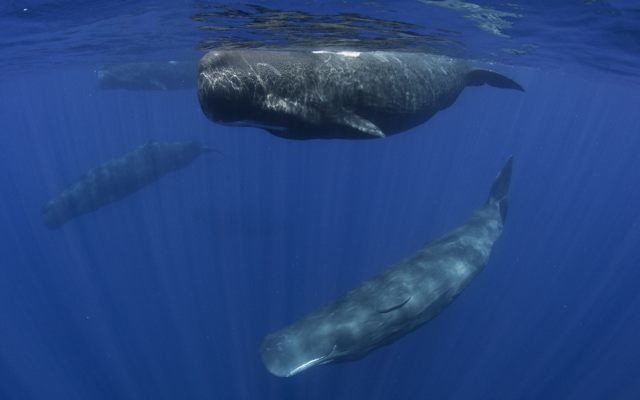Mission: Intercept the Soviet Whaling Fleet
No one had ever bought a fully-owned whale campaign ship dedicated to ending whaling. We converted a World War II submarine chaser.
In 1976, the Soviet whaling fleet was hanging outside Hawaii’s 12-mile limit
and blasting immature Sperm Whales within sight of the islands. The waxy spermaceti oil in the whales’ heads was used in military applications, including ICBM’s, but the soviet union actually had pretty much no use for the whales. The harpooning was part of illogical “5 year plans” which characterized their control economy.
EarthTrust took up the “Save the Whales” fight and raised funds to buy a 176-foot World War II submarine chaser, christened the “Ohana Kai”, to confront the whalers on the high seas in a sustained campaign.
This may not sound impossible these days, but in 1976 no group had ever bought and put to sea an anti-whaling ship, much less one with the speed to keep up with the Soviet fleet. (Greenpeace had chartered vessels in ’75 and ’76).
Greenpeace joined the ’77 campaign after the funds were raised by ET to buy the ship, and the world’s first fully-owned whaling campaign ship confronted the whalers in a joint expedition with the ET logo on one side and the GP logo on the other, so publicity photos could be shot for either organization just by turning the ship around. True Fact. The ’77 campaign carried a helicopter and filming crew from ABC network news and spawned a major documentary.
So it turned out that it was possible to buy older ships and refit them for careers dedicated to ending the abuses of the whaling industry. Since then, it has been done by a number of organizations including Greenpeace. But the Ohana Kai was the proof of concept. It’s no longer around – but neither are the Soviet fleets it was designed to confront and expose.
Those whaling fleets seemed impossible to stop.
They weren’t.










